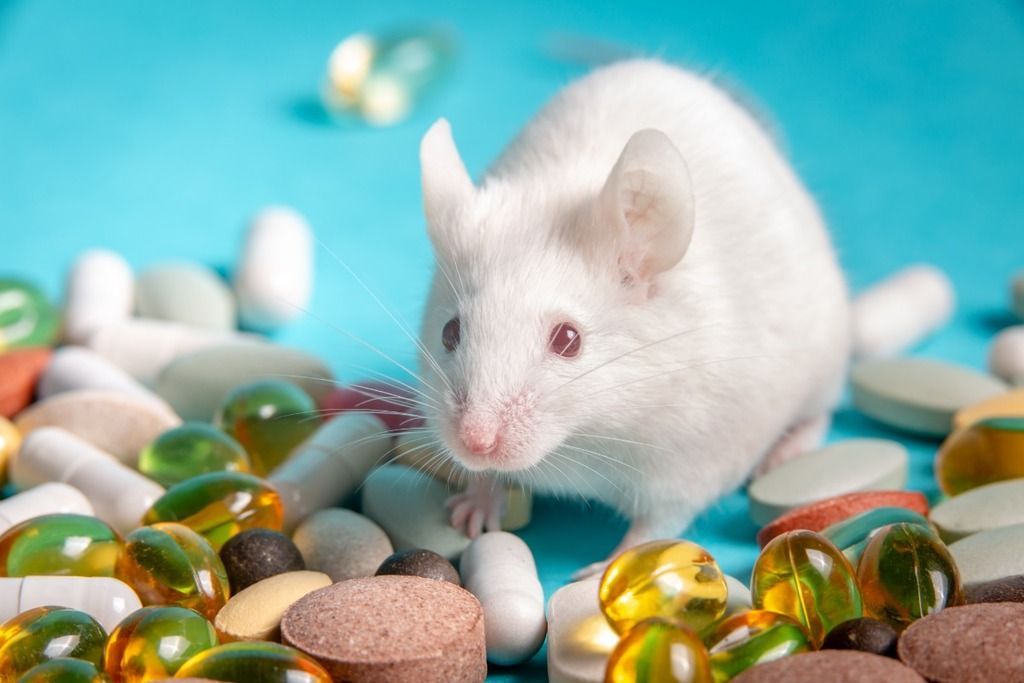A critical view on the Forced swim test
The forced swim test (FST), a staple in depression research, has been under discussion for a while. What is the FST? How is it used? And why is it under discussion? Here we share our view on this topic
Posted by
Published on
Tue 21 Sep. 2021
Topics
| Behavioral Research | Depression | Methods And Techniques | Swimming | Mental Disorder |

The forced swim test (FST) was first introduced as the ‘behavioral despair test’ by Porsolt et al. in the 70s [1,2]. As a common test for the evaluation of depressive-like state, this test has been extensively used, although modified from its original form, in the behavioral neurobiological field.
Depression
As depression is the world’s most predominant mental health problem [3], affecting approximately 280 million people worldwide, it is no surprise there is need for an adequate depression testing model. The development of new, but also the testing of existing, antidepressants often rely on tests like the forced swim test to predict their efficacy.

The basics of the FST
The forced swim test involves placing a rodent in a container filled with (lukewarm) water. The rodents naturally tries to escape, however fails to do so as is the design of the test. As animals give up after a certain period of time, and become immobile, they are removed from the container. Parameters such as activity and latency until immobility are used as readouts. Swimming behavior is generally increased after administration of (clinically used) antidepressants, which indicates a positive result in this test.

This image is licenced under the Wikimedia Commons. Author: DataBase Center for Life Science (DBCLS)
Valid model for depression?
Discussion surrounding the FST has been around for a while. Primarily due to the severity of the test and its impact on animal welfare, the FST has come under considerable scrutiny. Also its scientific utility as a depression model is debated, as there is a lack of neurobiological correlation between the behaviors measured in this test, and the human situation.
This discussion was also raised in a recent paper written in part by the staff of the National Centre for the Replacement, Refinement and Reduction of Animals in Research (NC3Rs) in the United Kingdom (UK) [4]. They address misconceptions and provide clarification about the use of the FST as a regulatory requirement for the development of new antidepressants.
As a result of researchers using regulatory requirement as justification for the continued use of the FST, the authors of this paper clarified that this is not stipulated by regulators. These authorities are pushing to refine in vivo tests and alternatives to increase animal welfare while retaining robustness and translational validity.
3R funding
The NC3Rs has a number of funding possibilities aimed specifically at the 3Rs (replacement, refinement and reduction) to promote future advancements in this context. Wellcome is another UK based foundation involved in 3R funding, but other countries, for example Germany and Sweden (applications closed), also promote this.

Should we still use the FST?
It is important to compartmentalize the discussion surrounding the FST, as it still remains an important scientific tool in academia, drug discovery and the research industry where high throughput screening of novel compounds is essential. The FST is still a test with a considerable level of predictive validity, however should definitely not be considered a full spectrum analog of human depression.
The outcomes of the FST are one-dimensional, however the implementation is also relatively simple and inexpensive. This is an extremely important trade-off to consider, but should not devalue the usefulness of the FST as a drug discovery and validation tool. Full disease models, analog to humans, are very difficult (if not impossible) to approach. Usually a model approaches a specific subset of symptoms, which can then be investigated separately, gaining a piece-by-piece understanding of its underlying mechanism.
Lastly, due to the wealth of data regarding the effects of antidepressants in the FST, researchers are able to compare and contrast their own results with others. This becomes even more so due to advancements in behavioral scoring software and standardized setups.
This blog represents a realistic view on the topic of the FST. We at Noldus are aware of the discussion surrounding this test and are constantly aiming at the abovementioned technological advancements and refining behavioral research tools. With a large amount of in-house knowledge and collaboration with the scientific field, these advancements are made in tracking software and hardware. This greatly contributes to the reduction and refinement of animal experiments, while warranting unseen distress.

- Porsolt, R. D.; Anton, G.; Blavet, N.; Jalfre, M. (1978). Behavioural despair in rats: A new model sensitive to antidepressant treatments. Eur. J. Pharmacol., 47 (4), 379–391
- Porsolt, R. D.; Le Pichon, M.; Jalfre, M. (1977). Depression: a new animal model sensitive to antidepressant treatments. Nature, 266 (5604), 730–732
- Institute of Health Metrics and Evaluation. Global Health Data Exchange (GHDx). http://ghdx.healthdata.org/gbd-results-tool?params=gbd-api-2019-permalink/d780dffbe8a381b25e1416884959e88b (Accessed 1 October 2021).
- Sewell, F.; Waterson, I.; Jones, D.; Tricklebank, M. D.; Ragan, I. (2021). Preclinical screening for antidepressant activity – shifting focus away from the Forced Swim Test to the use of translational biomarkers. Regul. Toxicol. Pharmacol., 125, 105002
Related Posts

The lonely brain: is resilience biologically encoded?

Revealing the secret social role of the CA2 hippocampus
